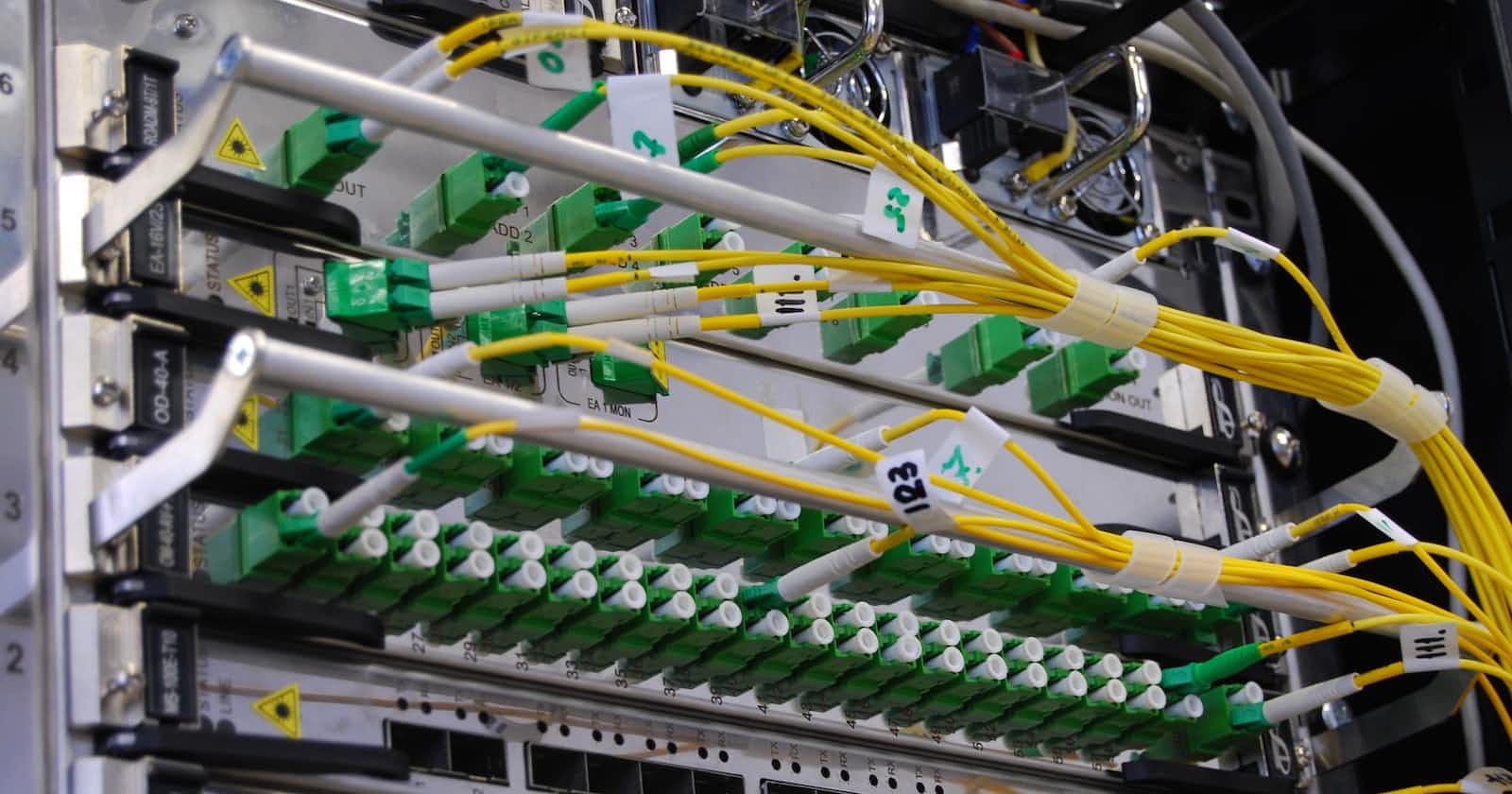In an era where servers and systems security has become stronger and more advanced, organizations and firms are taking their network security for granted, which is why attacks are shifting towards the latter.
Most routers and switches are not properly updated in large organizations, and their configurations aren't changed frequently. In addition to providing internet access, routers also connect internal networks, which means hackers have direct access to all traffic going through these networks if they hack a router, thus giving them access to several devices at once.
Note that external routers are often accessible through public IP addresses, thereby increasing their vulnerability.
There are multiple ways in which a network can be designed to be more secure. Segmenting the network, implementing controls at multiple layers, and following the least privilege rule are all examples of security measures that can be taken.
Network design approaches -
All assets are not created equally, which means that some will always be less secure than others.
One thing that can be done, for example, to reduce the potential risk of attacks on a network is to secure the switches in such a way that lower entities in the network, which are more vulnerable to the public, need to send data to the main servers, but the main servers do not need to send anything to them, so their access can be limited.
An important principle in cybersecurity is that while preventing attacks is ideal, it is also crucial to have the capability to detect and respond to them. To secure your networks and servers, consider the following best practices:
Place all internet-facing systems and components in a DMZ (demilitarized zone) to limit exposure to external threats.
Keep sensitive information separate from the DMZ by not storing it there.
Use a firewall or other proxy to create a barrier between the DMZ and the internal network that contains critical data. This will add an extra layer of protection for your sensitive information.

